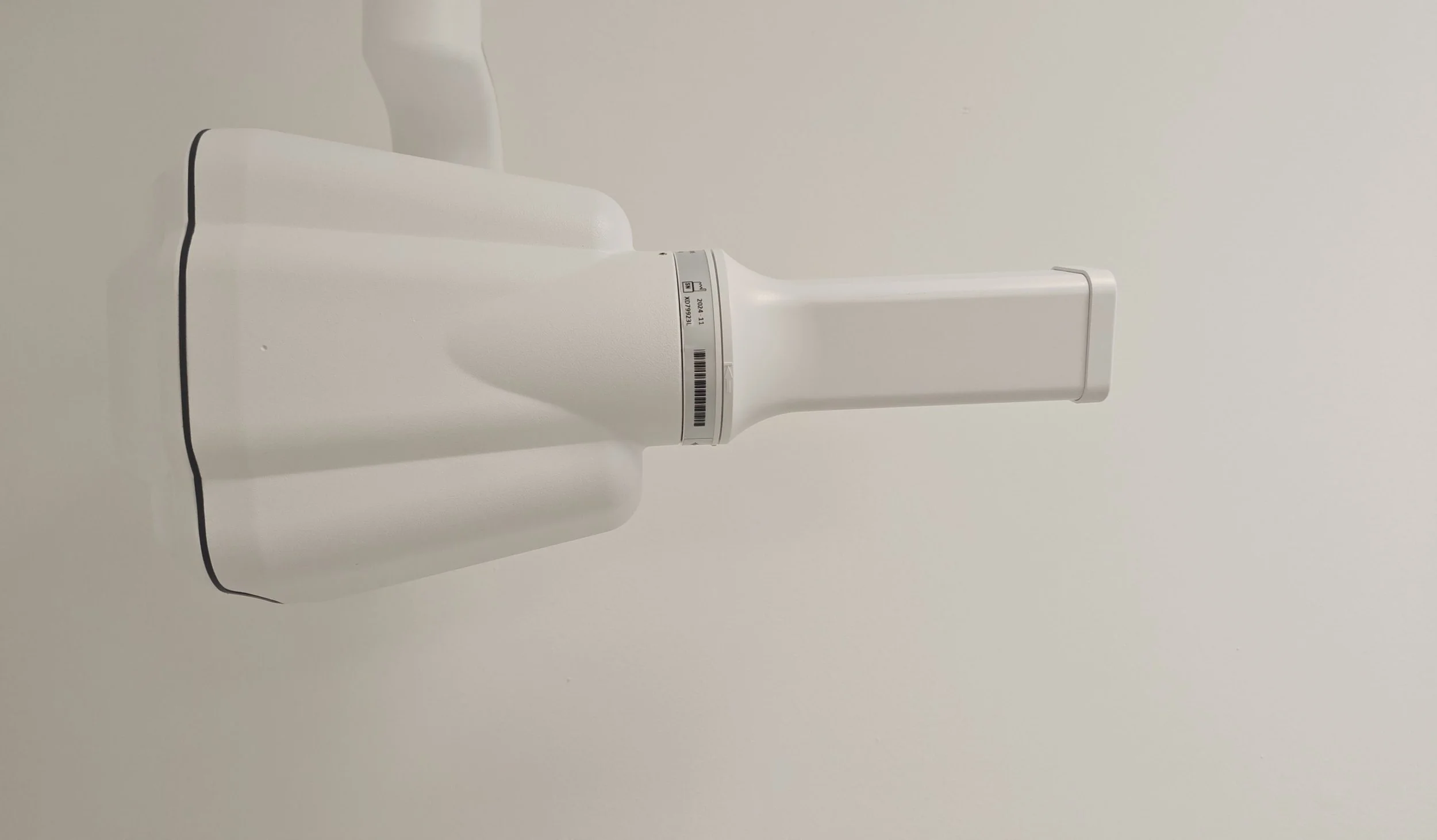Root Canal Treatment
Save Your Natural Tooth with Gentle, Expert Care
A root canal treatment is a common dental procedure designed to save a tooth that’s badly decayed, damaged, or infected. Instead of removing the tooth, our dentists carefully clean, disinfect, and seal the inside — relieving pain and restoring your natural smile.
When Do You Need a Root Canal Treatment?
You may need a root canal if you experience:
Persistent toothache or sensitivity to hot and cold
Swelling or tenderness around the gums surrounding the tooth
A cracked or injured tooth
Darkening or discoloration of a tooth
If left untreated, the infection can spread, leading to severe pain or even tooth loss — but early treatment can prevent this and save your natural tooth.
What Happens During the Procedure
Examination & X-rays – We begin by examining your tooth and taking X-rays to assess the infection.
Gentle Numbing – The area is completely numbed for your comfort.
Cleaning the Canal – The infected tissue is removed from inside the tooth, and the root canal is cleaned and disinfected.
Sealing & Restoration – The canal is sealed, and a filling is placed to protect the tooth.
Most patients report that root canal treatment feels similar to getting a regular filling — comfortable and pain-free with modern techniques and anesthesia.
Benefits of Root Canal Treatment
Saves your natural tooth
Relieves pain and infection
Restores full chewing function
Prevents future dental complications
Aftercare and Recovery
Following your treatment, you may feel mild tenderness for a few days, which can be managed easily with over-the-counter medication. Maintaining good oral hygiene and attending regular checkups will help keep your restored tooth healthy for years.
What Is an Apicectomy?
An apicectomy is a minor surgical procedure that removes the tip (apex) of a tooth’s root and any surrounding infected tissue. It’s often the last step to save a tooth that has already had a root canal but continues to show signs of infection.
By cleaning and sealing the end of the root, an apicectomy helps the surrounding bone heal and restores the health and stability of your tooth.
When Might You Need an Apicectomy?
You may need an apicectomy if:
You have persistent infection or discomfort after root canal treatment
There’s a small cyst or inflammation around the root tip
A root canal cannot be retreated due to posts, crowns, or complex root anatomy
The root canal system is difficult to access through conventional means
Your dentist or endodontist will confirm the need for this treatment through an examination and digital imaging.
What to Expect During the Procedure
Comfort and Local Anaesthetic – The area around your tooth is completely numbed.
Accessing the Root Tip – A small opening is made in the gum near the tooth to reach the infected root area.
Removing Infection – The tip of the root and any infected tissue are gently removed.
Sealing the Root End – The end of the root is cleaned and sealed to prevent reinfection.
Healing – The gum is sutured, and the area typically heals over a few weeks.
Most patients find the procedure straightforward and experience minimal discomfort during and after surgery.
Recovery and Aftercare
Mild swelling or tenderness may occur for a few days — this is normal and can be managed with over-the-counter pain relief.
Avoid chewing on the treated side until healing progresses.
Maintain good oral hygiene and follow your dentist’s care instructions.
Attend your follow-up visit to ensure proper healing.
Healing generally takes a few weeks, and most patients return to normal activities the next day.
Benefits of Apicectomy
Eliminates persistent infection
Promotes bone and tissue healing
Prevents the need for extraction or implants

